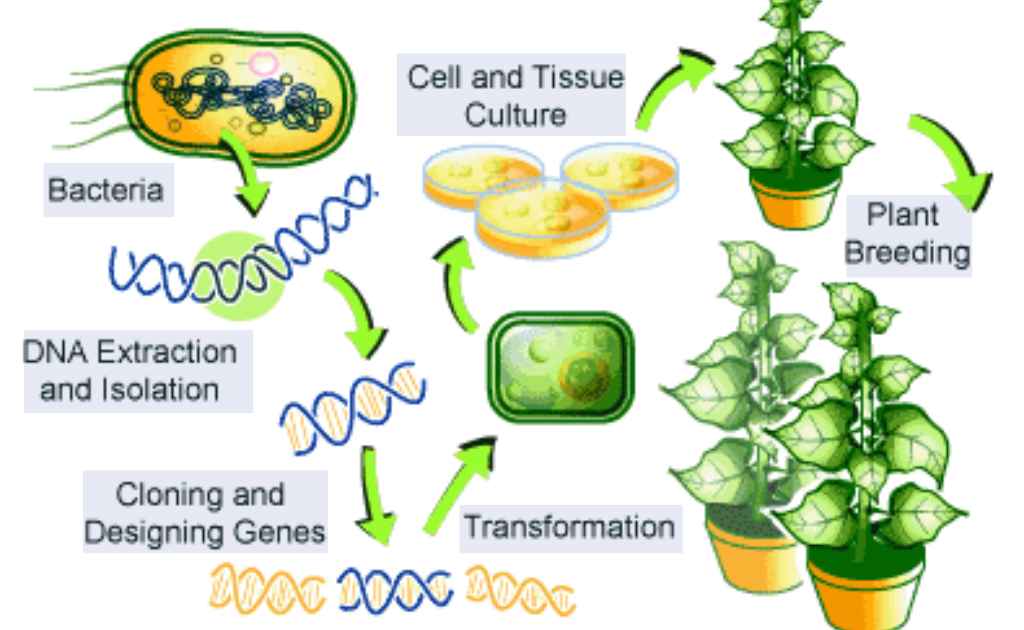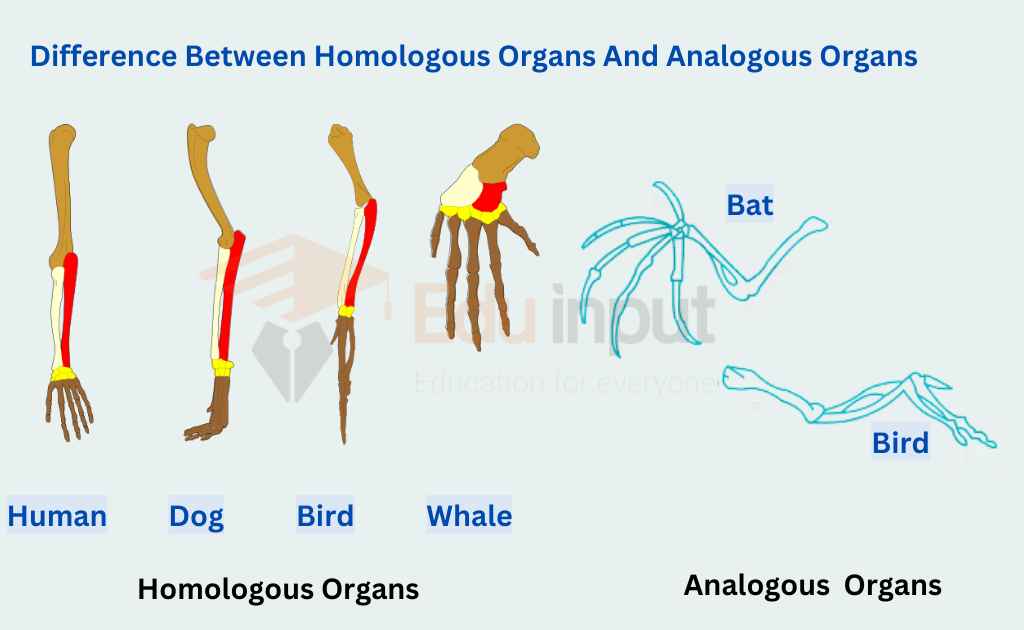Role of Genetic Engineering in Agriculture
The Role of Genetic Engineering in Agriculture has revolutionized the way we produce food, enabling us to create more resilient crops, reduce the use of harmful pesticides, and increase yields.
Cotton, corn, potato, and soybean plants have been engineered to be resistant to pesticides or insect pests that can harm the environment. Some cotton and corn plants have been produced that are resistant to both pesticides and insects.
In 1999, genetically engineered crops were planted on over 70 million acres worldwide and the acreage is expected to triple in the next five years.
You may be interested in learning about Transgenic Bacteria, and Transgenic Animals.

Role of Genetic Engineering in Agriculture
Genetically modified plants are plants that have had their genetic material altered using genetic engineering to provide desirable characteristics, such as resistance to herbicides or insects.
If crops are resistant to a broad-spectrum herbicide and weeds are not, then you can use that herbicide to kill the weeds. Herbicide-resistant plants have allowed us to control weeds, reduce tillage, and minimize soil erosion.
One aim of genetic engineering is to produce crops that have improved agricultural or food quality traits.
The production of salt-tolerant plants had been a dream of genetic engineers. Salt-tolerant wheat has been produced recently.
For this purpose, the scientists first identified a gene coding for a channel protein that carries sodium ions (Na) across a membrane inside cells.
Sodium can’t affect the plant’s metabolism if it’s isolated in a vacuole. The scientists cloned the genes and used them to genetically engineer plants that produced an excessive number of channel proteins to manage the transport of Na. these modified Plants grow best when they were watered with a salty solution.
Even if we get fresh water and nutrients to the fields it inevitably leads to salinization of the soil, which in turn reduces crop yields.
In today’s farming industry, crop production is limited by the impact of salinization. Only about half of irrigated croplands are used. The next step to solve this problem is to create salt-tolerant crops.
It’s believed that the production of not only salt- but also drought and cold-tolerant crops will increase agricultural yields that will allow for more farmland, which will help alleviate the need for increased farmland acreage and will help provide enough food for a world population that is expected to nearly double by 2050.
There’s been a lot of progress made to improve the food quality of crops. Crops are getting better and better, and they’re even being grown at high altitudes where they are much warmer than in normal conditions.
There is evidence that the fatty acids found in soybeans have been shown to improve human health.
Vernolic acid and Ricinoleic acid are derivatives of Ricinoleic acid that can be used to make paints and plastic. The necessary genes were derived from the seeds of Vernonia and castor beans.
As a result of Genetic Engineering, productivity is predicted to increase. The stomata might be altered to increase carbon dioxide intake or cut down water loss. It is possible to increase the efficiency of the enzyme that captures CO in plants.
Scientists are working on genetically modifying rice plants to help them use the carbon dioxide that is currently being released from fossil fuels to grow more food, making more than enough food. Engineering plant cells to incorporate genes from other species requires engineering plant cells to incorporate genes from other species, which may be more challenging than transferring just one gene.
Production of Products
Gene transfers allow plants to make a wide range of products. Two different types of antibodies are being made to try and stop cancer cells from growing, and one of them is being used for a sexually transmitted disease.
Corn and soybeans have been used to develop two different types of radionuclides. Three years have passed since the start of the study. A group of scientists in California has been able to use the tobacco mosaic virus to introduce a human gene into tobacco plants. Tissue culture is eliminated by this technology.
There are 10 grams of a-galactosidase in tobacco plants. After being sprayed with a genetically engineered virus, tobacco plants produced an ingredient that can be used to treat a human lysosome storage disease.
Latest Research About role of Genetic Engineering in Agriculture
- Scientists recognize that agriculture sustainability is essential for meeting the demands of a growing global population and combating climate change. To achieve this, they are utilizing advanced technologies such as AI, IoT, machine learning, big data analytics, and genome editing to improve crop management, disease control, and sustainable production. These technologies offer a promising path toward a more precise and sustainable agricultural sector. [1]
- Scientists are exploring bacteriophages and their enzymes as eco-friendly alternatives to traditional plant disease control methods. Lytic and engineered phages, as well as temperate phages, show promise in targeting bacterial killers, with ongoing research for crop infection control. [2]
- Scientists have conducted extensive research on the harmful effects of environmental pollution on plant growth, development, and metabolic functions. Pollutants alter physiological, biochemical, and immune pathways, weakening plants and making them susceptible to diseases and pest invasions. To mitigate these effects, genetic modification and gene editing techniques have been proposed as innovative methods of genome manipulation for climate-resilient farming. These techniques have the potential to prevent and reduce chemical contamination and pollution effects, promoting sustainable agricultural practices. [3]






Leave a Reply